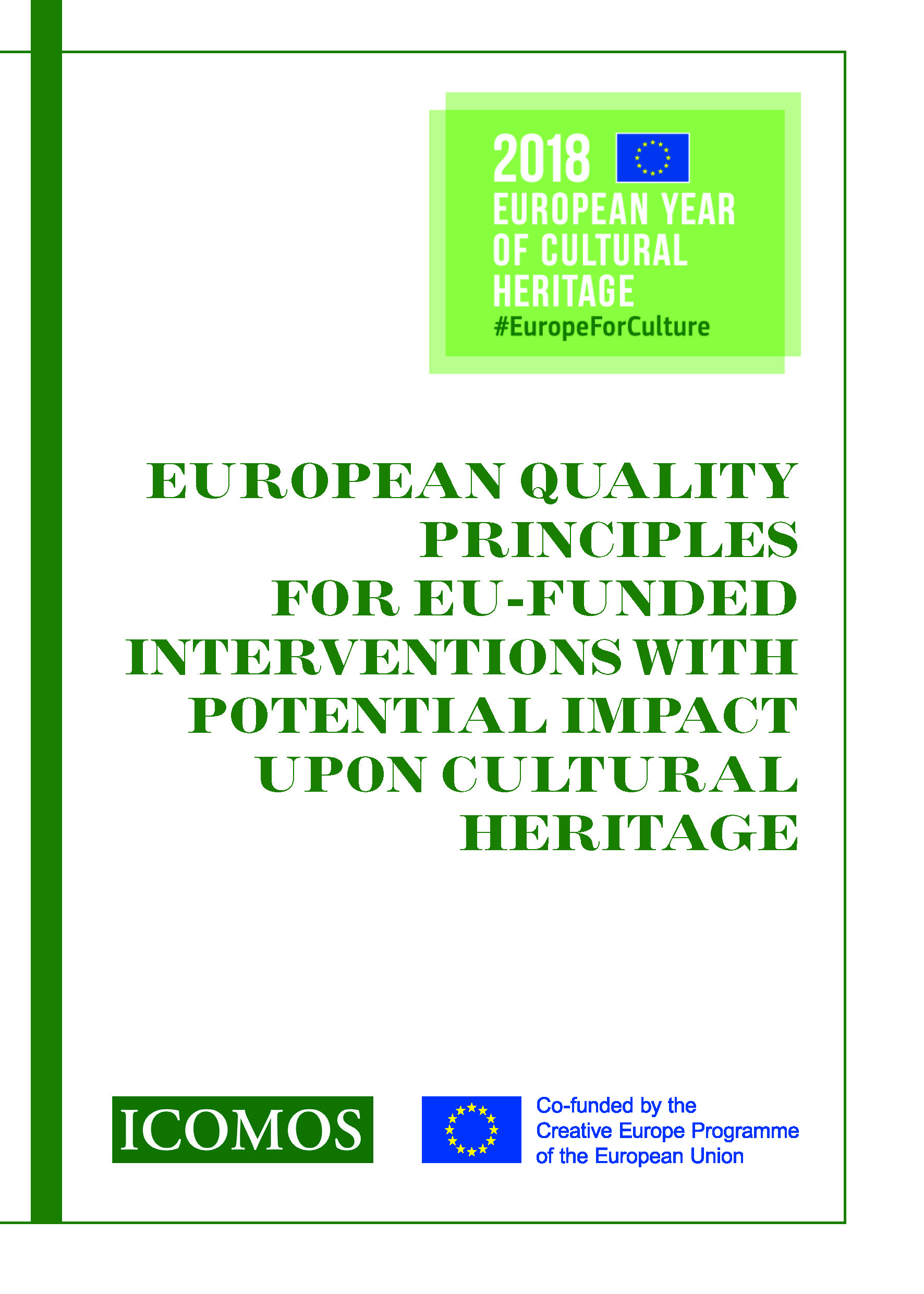Publications received in 2019 at the ICOMOS Documentation Centre
|
ICOMOS Germany International symposium of the Technical University Berlin, Department of Historical Building Research and Preservation of Historical Monuments, and the German National Committee of ICOMOS in cooperation with the German section of TICCIH and the *** "The Cold War and the Iron Curtain have left behind a thinking in terms of incompatible contradictions. As such, 20th-century European architectural history still often juxtaposed avant-garde trends and traditionalist tendencies as incompatible extremes. In Germany, this antagonistic notion peaked in the 1950s when the West was identified with “international modernism” and the East with building in “national traditions”. Berlin has two built manifestoes of this political and aesthetic confrontation: The Karl-Marx-Allee (formerly Stalinallee), constructed between 1951 and 1958, and the Internationale Bauausstellung Interbau from 1957. The architectural turn to postmodernism since the 1980s and the political turnaround after 1990 led to a change in this post-war perception. The tradition-conscious and the progress-oriented heritage of post-war architecture are enjoying growing appreciation in many circles in both the East and the West. With the state of Berlin’s application (2013) jointly proposing two sections of Karl-Marx-Allee in the East and all units of Interbau in the West for the German registration list of the world heritage nomination at UNESCO, the usual contrastive pair has been broken up and made conducive for a new approach. The international conference Rethinking Modernity aims to place the current Berlin-based debate in a larger context on the basis of parallels and counterexamples from eastern and western Europe, facilitating international examination and assessment by means of historical analyses and typological comparisons. In a modernist understanding which extends up to the present day, tradition and progress condition and permeate each other, remaining distinguishable but also inextricably linked." [source: conference press release https://www.adk.de] |
|
ICOMOS Climate change and Heritage working group This report describes outcomes from a workshop in Orkney, Scotland (April 2019) to apply the Climate Vulnerability Index (CVI). The CVI is a new methodology developed to rapidly assess climate impacts – both to Outstanding Universal Value (OUV) and the associated ‘community’ (local, domestic and international) – for all types of World Heritage properties (natural, cultural or mixed). In its first application to a cultural World Heritage property, the CVI process was undertaken for the ‘Heart of Neolithic Orkney’ (HONO). |
|
ICOMOS Latvia ISBN : 978-9984-33-474-5 This book, result of a project funded by the State Culture Capital Foundation of Latvia, summarizes the ICOMOS core charters and declarations, translated in Latvian - legislation that defines heritage conservation ideas, policies, and contexts in various fields and aspects, and broadens the understanding of cultural heritage conservation by providing an opportunity to read the theoretical origins of background. Its significant added value is the commentary of Latvian experts - architects, historians and archaeologists, who provide insight into the meaning of documents, illustrating with examples the development of the heritage conservation process in Latvia, our platform for preservation of cultural and historical heritage. This booklet is intended not only for professionals in the field of cultural heritage protection, but also for the general public interested in the theoretical basis of the process of preservation and development of Latvia's tangible and intangible heritage as seen by the world's leading organization UNESCO (United Nations Educational, Scientific and Cultural Organization). |
|
ICOMOS France ISBN : 978-2-9543731-2-6 The Venice Charter focuses on the concept of a Historic Monument. How, in 50 years, has it been applied to its main topics of action: conservation, restoration, use? Did it remain true to its initial spirit? Is it still a reference today, in view of the widening of the heritage field: industrial heritage, twentieth century heritage, urban and rural complexes, territorial complexes, world heritage? Applied to tangible heritage, does it take intangible values into account? |
|
ICOMOS Slovenia ***
ISBN : 978-961-288-673-8 The present publication brings eleven new articles from different countries, especially focused on south-east Europe industrial heritage, where after the fall of Yugoslavia the new economic order led to the collapse of many industrial factories and towns from the socialist period, now in a process of decline. The nature of economic and political circumstances in south-east Europe are constantly and increasingly challenging the survival of industrial heritage - even "listed" monuments. Public interest is not always sufficiently expressed in decision-making process. The same is true about excpectations of heritage communities associated with industrial heritage which still have little means of being expressed and taken on board. [...] These changes affecting industrial heritage and its role in society require new responses and innovative solutions. ***
|
|
This report contains the collection of papers written by participants of the interantional workshop cohosted by the Korean National Research Institute for Cultural Heritage (NRICH) and ICOMOS Korea, and was co-organized by ICOMOS International Scientific Committee on the Alaysis and Restoration of Structures of Architctural Heritage (ISCARSAH). Participants conducted field surveys on cultural heritages that were monitored by the NRICH and discussed safety management measures on them. Were also discussed the issues of health assessment, sustainable management and disaster mitigation. |
|
This document stems from the work of an expert group assembled by the International Council on Monuments and Sites (ICOMOS), under the mandate of the European Commission and in the framework of the flagship EU Initiative of the European Year of Cultural Heritage 2018, “Cherishing heritage: developing quality standards for EU-funded projects that have the potential to impact on cultural heritage”. The main objective of the document is to provide guidance on quality principles for all stakeholders directly or indirectly engaged in EU-funded heritage conservation and management (i.e. European institutions, managing authorities, international organisations, civil society and local communities, private sector, and experts). The document focuses on the core issue of quality in EU-funded interventions that could impact on cultural heritage (mainly built heritage and cultural landscapes), providing a summary of key concepts, international charters, European and international conventions, and standards and changes in understanding and practice of heritage conservation. Download |
| ICOMOS CIAV (Scientific Commitee on Vernacular Architecture) 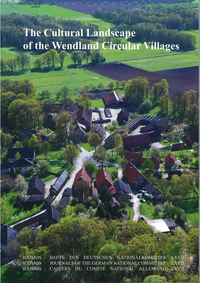 The cultural landscape of the Wendland Circular Villages. Proceedings of the 2016 conference and annual meeting of ICOMOS CIAV held in Wendland, Germany, on September 28-October 2, organised with ICOMOS Germany, the State Office for Monument conservation and Archaeology of Lower Saxony and the Samtgemeinde of Lüchow-Wendland . Machat, Christoph (ed.). Berlin, Geymüller, Verlage fÜr Architektur, Aachen, 2018, 111 p., illus. (ICOMOS Hefte des Deutschen Nationalkomitees, LXVII) [Eng] The cultural landscape of the Wendland Circular Villages. Proceedings of the 2016 conference and annual meeting of ICOMOS CIAV held in Wendland, Germany, on September 28-October 2, organised with ICOMOS Germany, the State Office for Monument conservation and Archaeology of Lower Saxony and the Samtgemeinde of Lüchow-Wendland . Machat, Christoph (ed.). Berlin, Geymüller, Verlage fÜr Architektur, Aachen, 2018, 111 p., illus. (ICOMOS Hefte des Deutschen Nationalkomitees, LXVII) [Eng]
ISBN 978-3-943164-46-6 The Wendland circular villages form an exceptional and unique historical cultural landscape, which allows experiencing the planned circular settlements and the adjoining land-use patterns of medieval subsistence farming, which have been preserved in their entirety and architectural form of the 18th and 19th century, to this day. The intense density of numerous, extremely well-preserved circular villages in a confined space, and the interjacent terrain which they affect, constitute a cultural landscape which has fully preserved its agricultural and vernacular aesthetics. The clear legibility of the village typology, formed by gable-ended aisled houses circularly arranged around an open centre, and the good preservation of the axially planned land parcels extending from the village centres and shared meadowlands between settlements, makes this cultural landscape a globally unique example of a Central European traditional human settlement and land use form. |
ICOMOS Serbia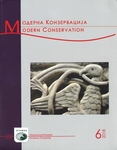 Modern Conservation No. 6. Šekaric, Branka (ed.). Belgrade, ICOMOS Serbia, 2018, 337 p., illus. [Ser, Eng] Modern Conservation No. 6. Šekaric, Branka (ed.). Belgrade, ICOMOS Serbia, 2018, 337 p., illus. [Ser, Eng]
ISSN 2334-9239
|

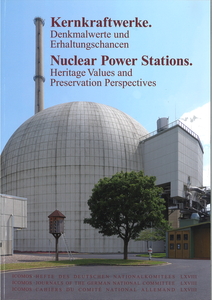 Kernkraftwerke : DenKmalwerte und Erhaltungschancen / Nuclear Power Stations: Heritage Values and Preservation Perspectives. Brandt, SIgrid et Thorsten, Dame (ed.). Berlin, Hendrik Bäβler Verlag, 2019. 128 p., illus. (ICOMOS Hefte des Deutschen Nationalkomitees, LXVIII) [Ger and Eng]
Kernkraftwerke : DenKmalwerte und Erhaltungschancen / Nuclear Power Stations: Heritage Values and Preservation Perspectives. Brandt, SIgrid et Thorsten, Dame (ed.). Berlin, Hendrik Bäβler Verlag, 2019. 128 p., illus. (ICOMOS Hefte des Deutschen Nationalkomitees, LXVIII) [Ger and Eng]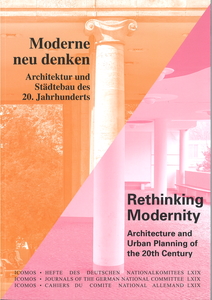 Modern neu denken: Architektur und Städtebau des 20. Jahrhunderts, zwischen Avantgarde und Tradition / Rethinking Modernity: Architecture and Urban planning of the 20th Century, between Avant-Garde and Tradition. Ziesemer, John (ed.). Berlin, Karl Krämer Verlag Stuttgart, 2019. 192 p., illus. (ICOMOS Hefte des Deutschen Nationalkomitees, LXIX) [Ger andEng]
Modern neu denken: Architektur und Städtebau des 20. Jahrhunderts, zwischen Avantgarde und Tradition / Rethinking Modernity: Architecture and Urban planning of the 20th Century, between Avant-Garde and Tradition. Ziesemer, John (ed.). Berlin, Karl Krämer Verlag Stuttgart, 2019. 192 p., illus. (ICOMOS Hefte des Deutschen Nationalkomitees, LXIX) [Ger andEng]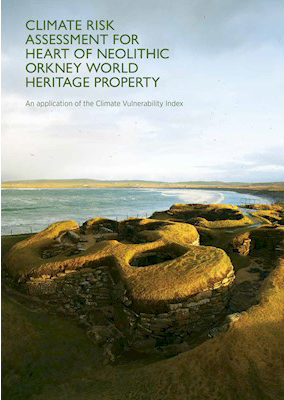 Climate risk assessment for heart of neolithic Orkney World Heritage property. Day JC, Heron SF, Markham A, Downes J, Gibson J, Hyslop E, Jones RH, Lyall A. Edinburgh, Historic Environment Scotland, 2019. 88 p. [Eng]
Climate risk assessment for heart of neolithic Orkney World Heritage property. Day JC, Heron SF, Markham A, Downes J, Gibson J, Hyslop E, Jones RH, Lyall A. Edinburgh, Historic Environment Scotland, 2019. 88 p. [Eng]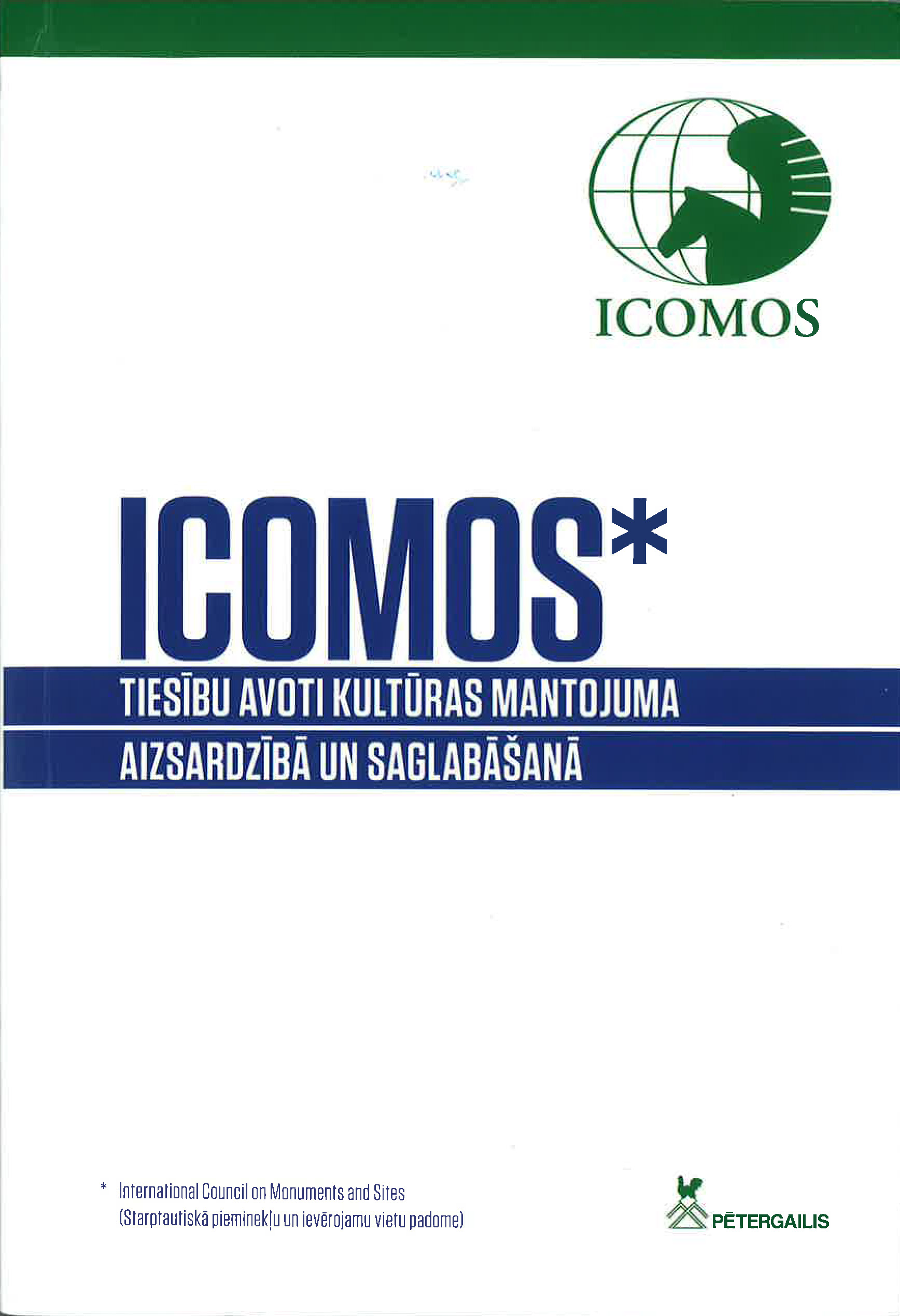 ICOMOS tiesību avoti kultūras mantojuma aizsardzībā. Lejnieks, Janis (ed.). Riga, ICOMOS Latvia / "Petergailis" publishing house, 2018. 167 p. [Lav]
ICOMOS tiesību avoti kultūras mantojuma aizsardzībā. Lejnieks, Janis (ed.). Riga, ICOMOS Latvia / "Petergailis" publishing house, 2018. 167 p. [Lav]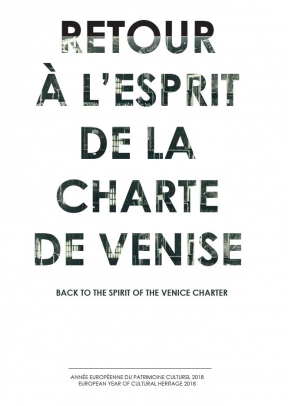 Retour à l'esprit de la Charte de Venise / Back to ths spirit of the Venice charter. Summary and conclusions of the seminar organized by ICOMOS France. Mouton, Benjamin (ed.), Schneider, Dominique (ed.). Paris, ICOMOS France, 2019. 43 p. [Fre & Eng]
Retour à l'esprit de la Charte de Venise / Back to ths spirit of the Venice charter. Summary and conclusions of the seminar organized by ICOMOS France. Mouton, Benjamin (ed.), Schneider, Dominique (ed.). Paris, ICOMOS France, 2019. 43 p. [Fre & Eng]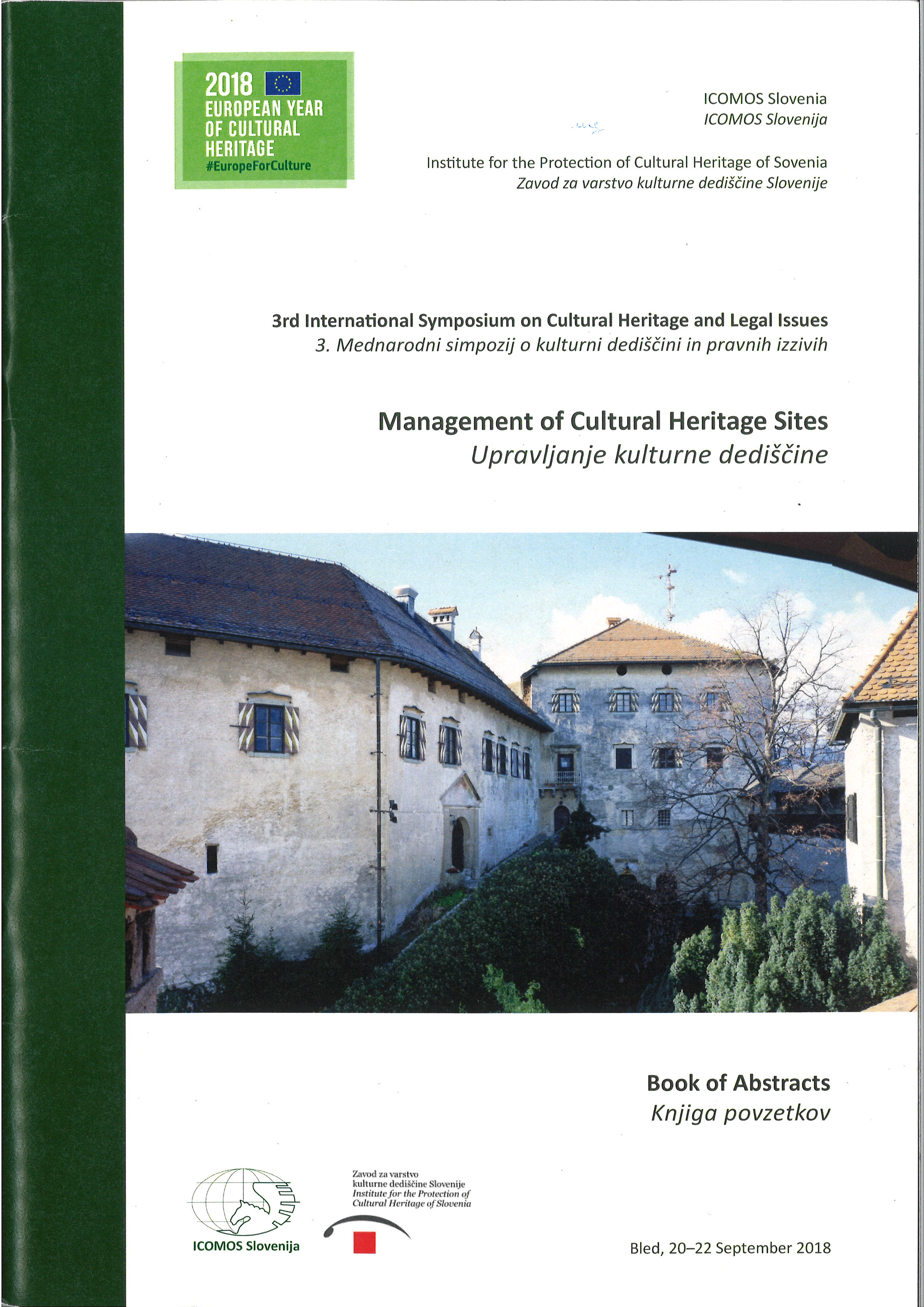 Management of cultural heritage sites / Upravljanje kulturne dediscine. Book of abstracts / Kniga povzetkov. 3rd International Symposium on Cultural Heritage and Legal Issues, Bled, 20-22 September 2018. Ifko, Sonja (ed.). Ljubljana, ICOMOS Slovenija, 2018. 51 p. [Slo & Eng]
Management of cultural heritage sites / Upravljanje kulturne dediscine. Book of abstracts / Kniga povzetkov. 3rd International Symposium on Cultural Heritage and Legal Issues, Bled, 20-22 September 2018. Ifko, Sonja (ed.). Ljubljana, ICOMOS Slovenija, 2018. 51 p. [Slo & Eng]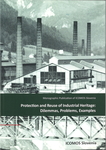 Protection and Reuse of Industrial Heritage: Dilemmas, Problems, Examples. Ifko, Sonja (ed.), Stokin, Mario (ed.). Ljubljana, ICOMOS Slovenija, 2018. 147 p. (Monographic publications of ICOMOS Slovenia, 2). [Eng]
Protection and Reuse of Industrial Heritage: Dilemmas, Problems, Examples. Ifko, Sonja (ed.), Stokin, Mario (ed.). Ljubljana, ICOMOS Slovenija, 2018. 147 p. (Monographic publications of ICOMOS Slovenia, 2). [Eng]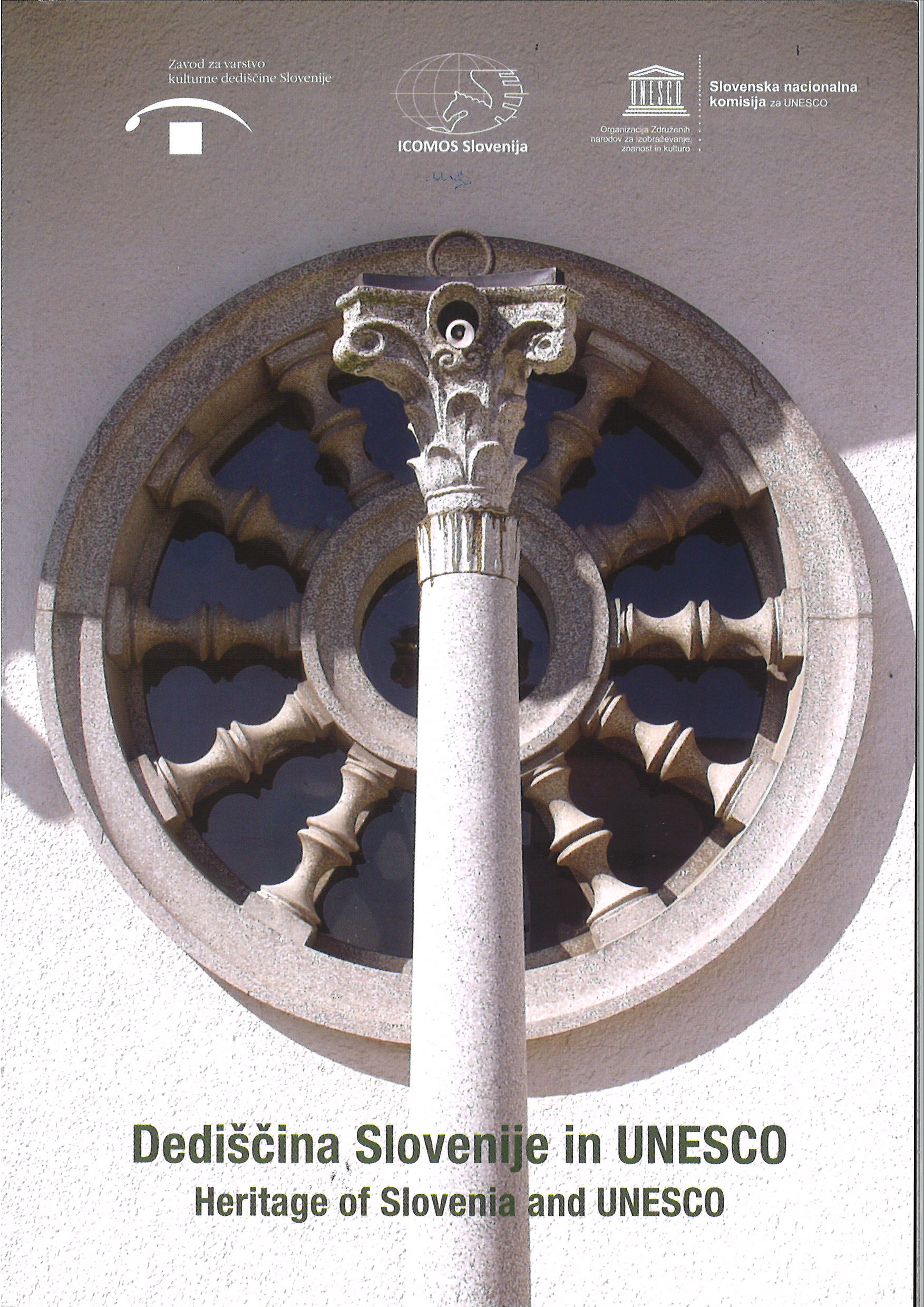 Dediščina Slovenije in UNESCO / Heritage of Slovenia and UNESCO. Ribnikar Vasle, Biserka (ed.). Ljubljana, ICOMOS Slovenia (in cooperation with the Office of the Slovenian National Commission for UNESCO), 2016. 83 p. [Slo & Eng]
Dediščina Slovenije in UNESCO / Heritage of Slovenia and UNESCO. Ribnikar Vasle, Biserka (ed.). Ljubljana, ICOMOS Slovenia (in cooperation with the Office of the Slovenian National Commission for UNESCO), 2016. 83 p. [Slo & Eng]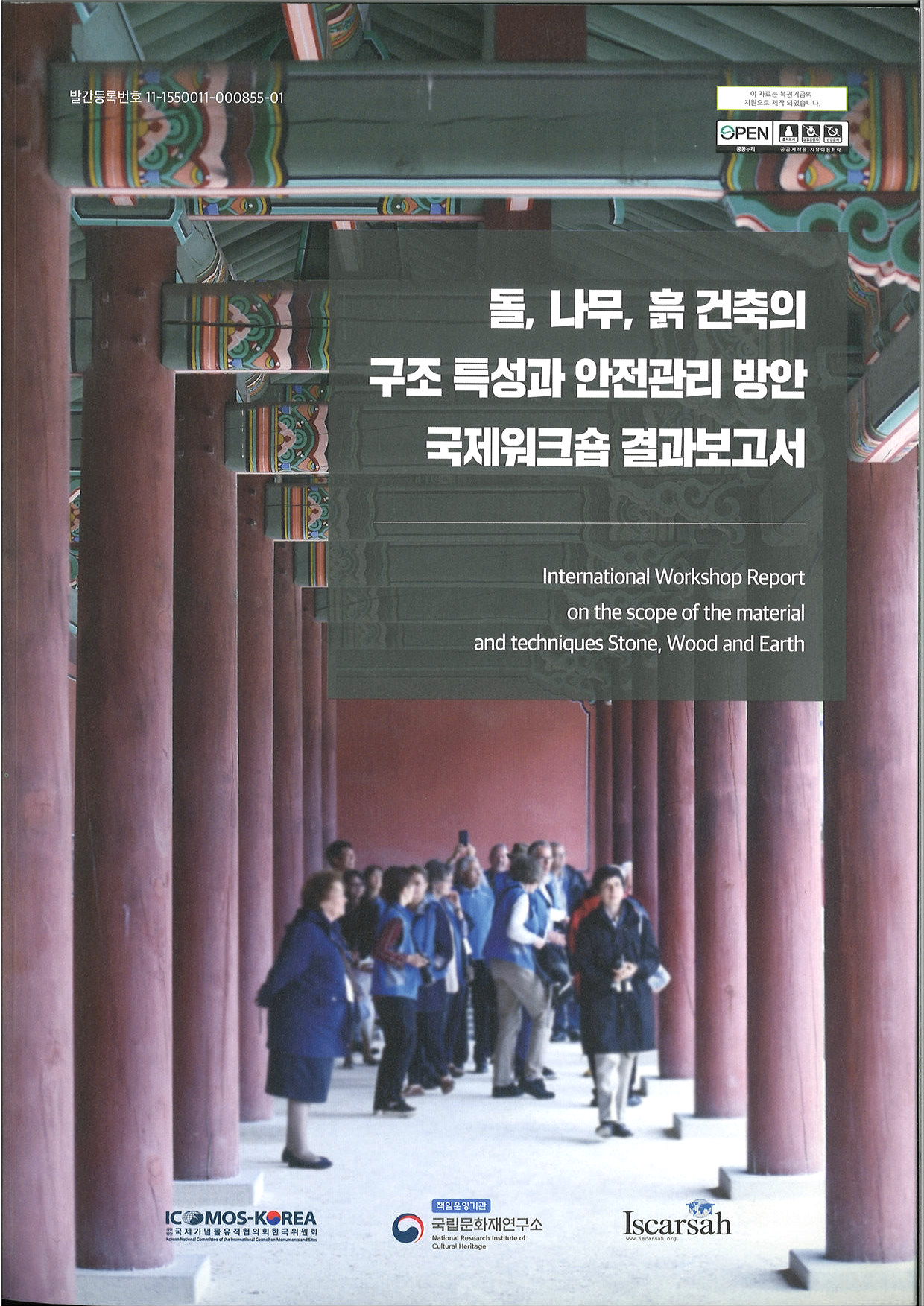 ICOMOS Korea / ISCARSAH
ICOMOS Korea / ISCARSAH